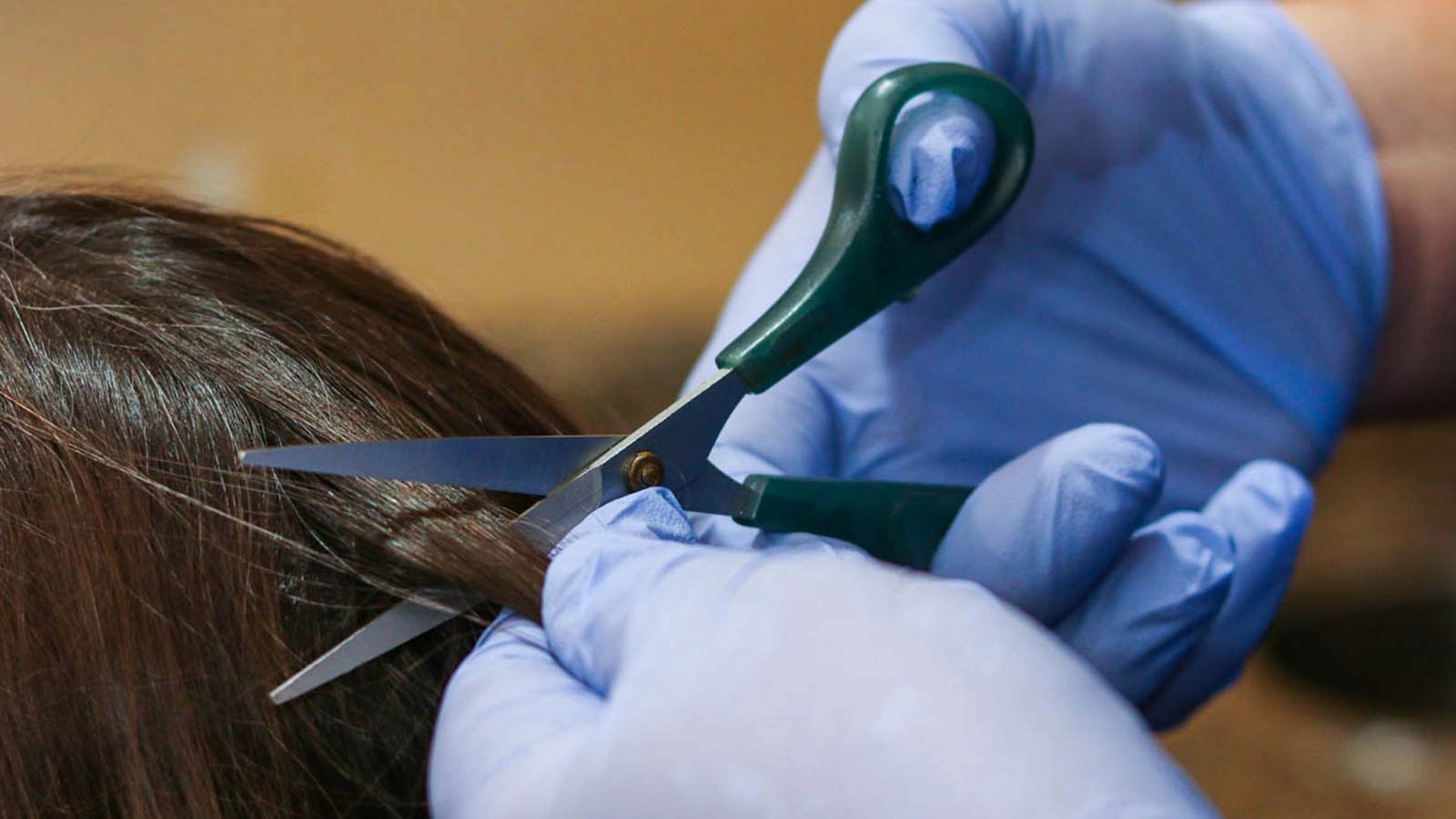Common Hair Testing Myths/Concerns
1. No Head Hair
Head hair has a more precise growth pattern, so generally it is preferred over body hair (neck down). A continuous rate of growth of ½ inch per month occurs on head hair. Body hair grows at one-half inch per month, but depending on the person it goes dormant anywhere from 2 weeks out to as long as 4-5 months (even more in some cases). After 10-15 months from the start of growth this hair falls out. For this reason the BODY HAIR results are reported as approximately a “One Year” timeframe, though there is some flex in that timeline. It is important to remember that the BEST application of a hair test is to find if a person has a substance abuse HABIT, it is NOT useful in trying to identify a specific date or narrow timeframe that someone may have used a drug.
2. External Contamination – False Positives
Because a hair drug test measures both the amount of PARENT compound (i.e. THC) and the amount of METABOLITE (i.e. carboxy-THC) external contamination cannot cause a POSITIVE test result. Parent drug compounds are broken down into METABOLITES in the bloodstream. The bloodstream feeds the growth of the hair strand and embeds METABOLITES in the actual structure of the hair shaft. When we find METABOLITE in the test sample we know that the drug was ingested, NOT simply on the exterior of the hair shaft.
3. Shampoos/Bleaches Change Results
Various shampoos and bleaches are advertised on the Internet and sold in shops with drug related materials. They advertise they will “wash out” drugs from the hair. Since the METABOLITES are actually embedded in the structure of the hair shaft, they cannot be removed without actually beginning to dissolve the hair shaft itself. Shampoos will not do this and severe bleaching (to the point where the hair is becoming brittle and softening) will only minimally reduce the METABOLITE concentration. Laboratory tests have shown that a severe bleaching process can only reduce the amount of metabolite by 2 to 5%. It would not be a significant enough reduction to change a positive test result to a negative.
4. Racial Bias Due to Hair Color
This issue has been discussed at length of the last 10 years, but the bottom line is that there is no evidence that dark pigmentation in the hair will change a potential negative test to a positive result. Hair pigmentation has even been dismissed in the new Federal Guidelines from the U.S. Department of Health and Human Services (HHS) as having no impact on the results of hair testing.
5. Privacy Issues in Collection
When any type of drug testing is done on children a primary concern is privacy. It is important to note that the only ‘legally accepted” collection procedure for a urine test is a collection that is “observed”. Most parents rightfully are concerned about the implications of an observed urine collection being performed on their child. The same concerns are not a factor in a hair test, which can be viewed as not significantly different than a trip to the barbershop or beauty saloon.


